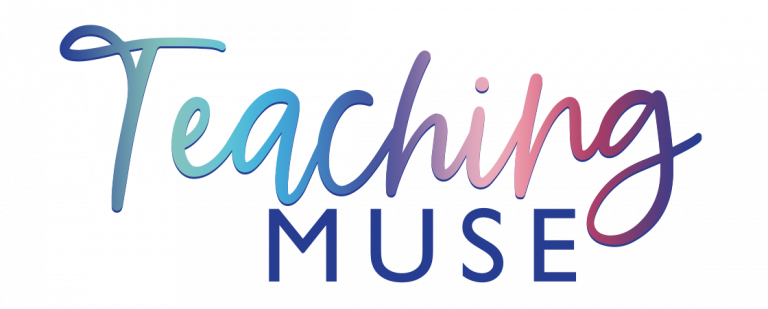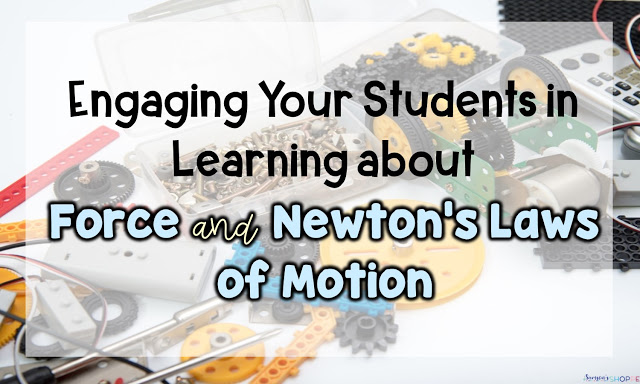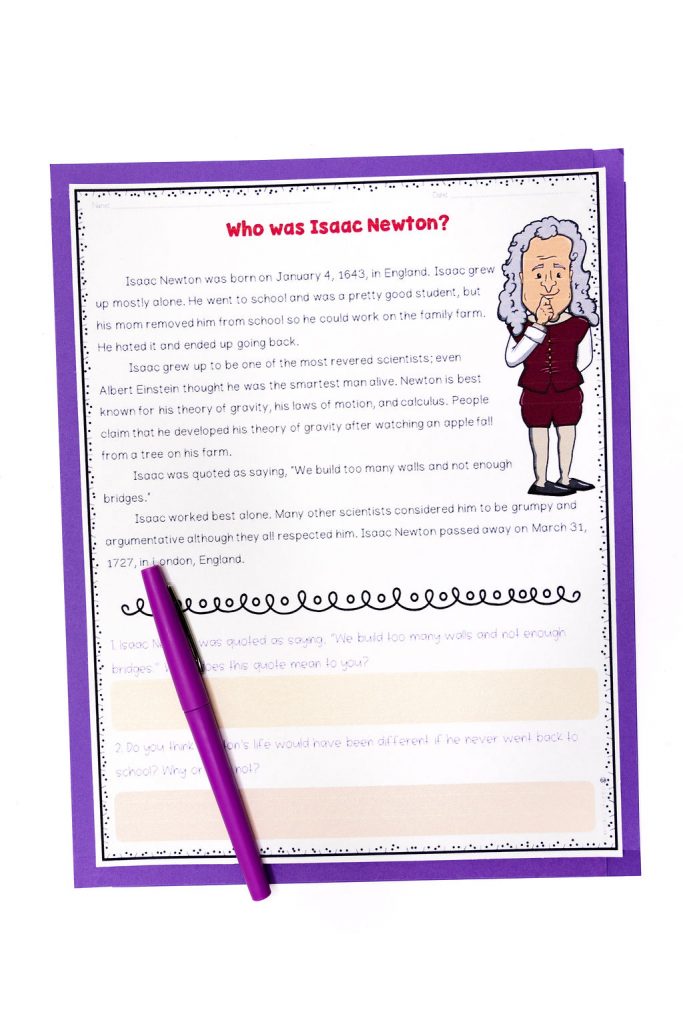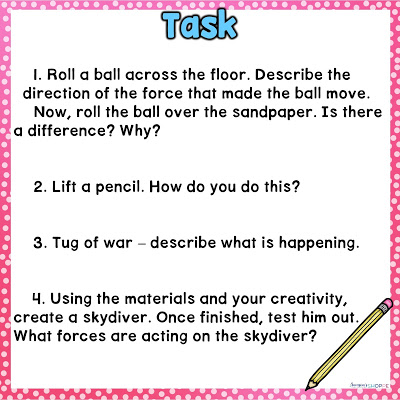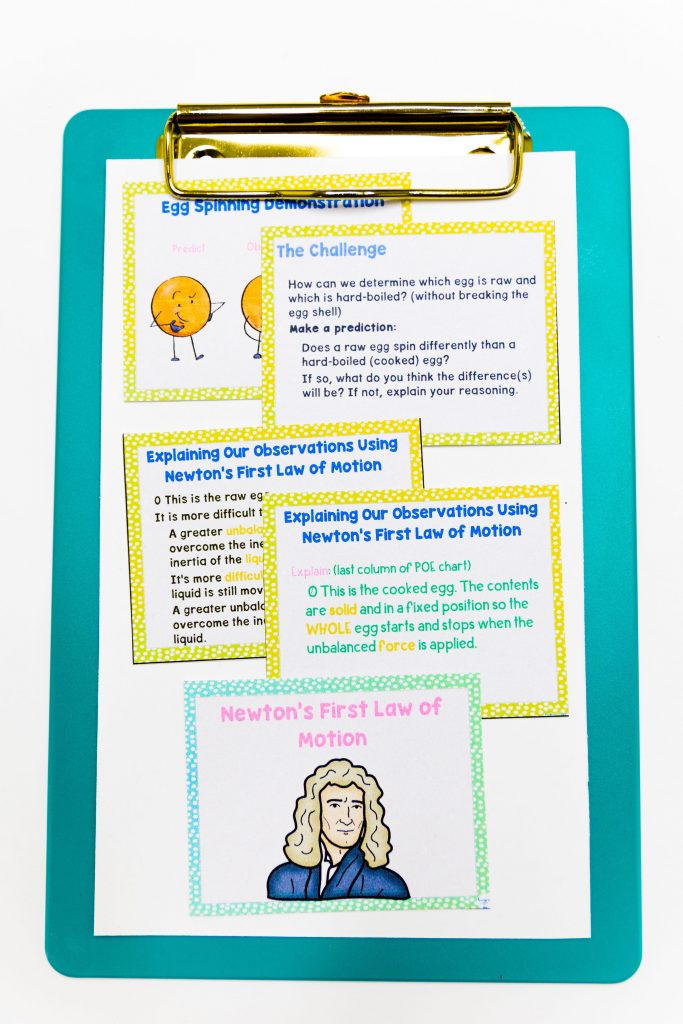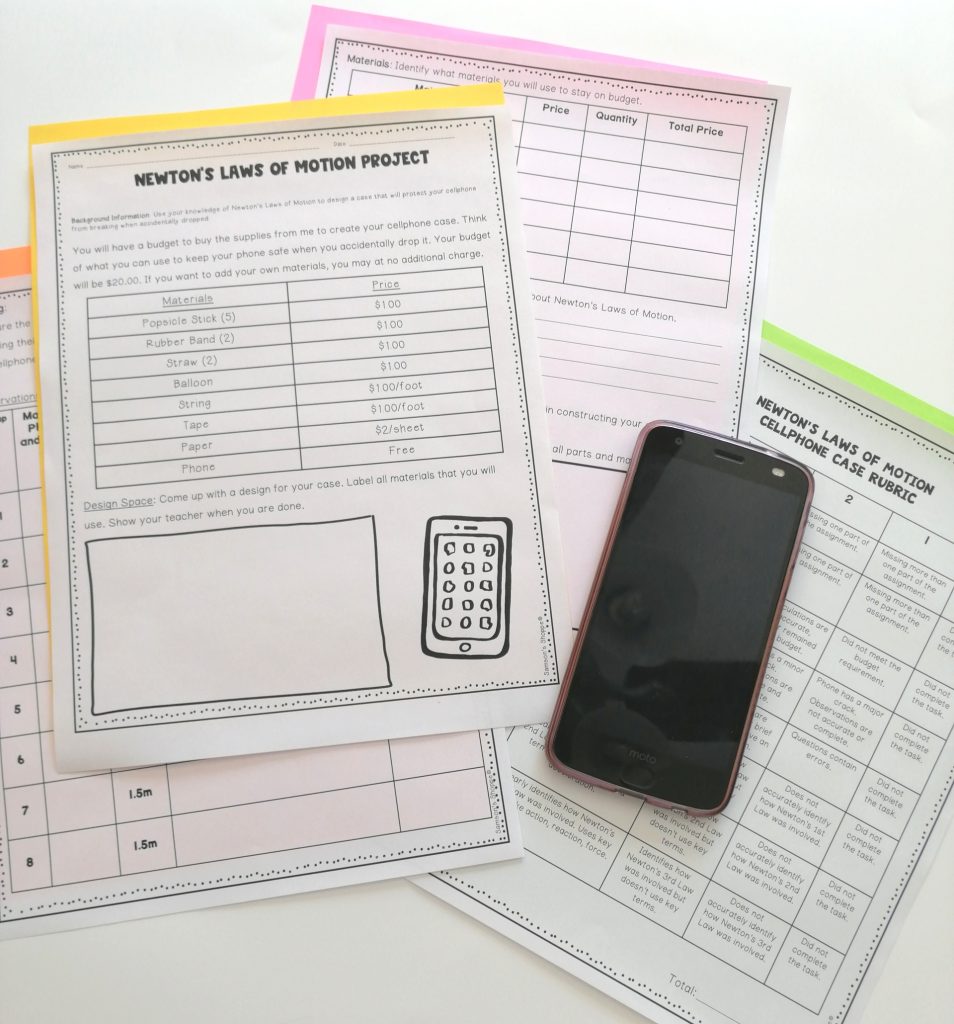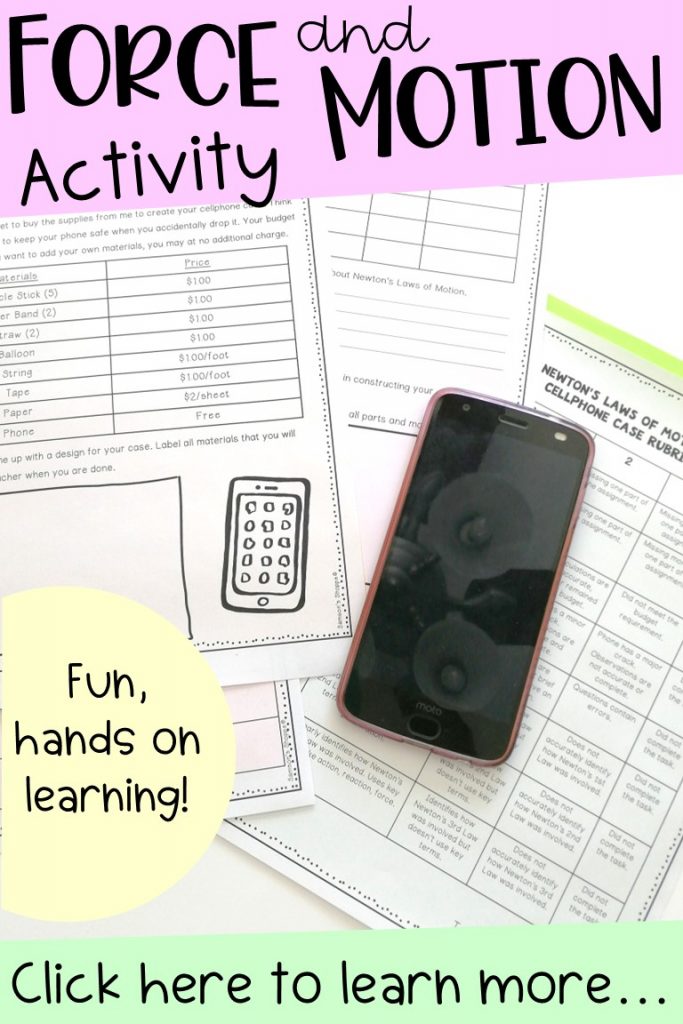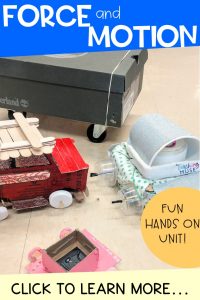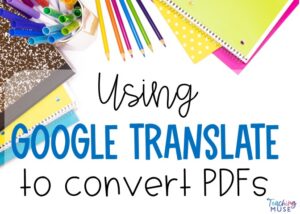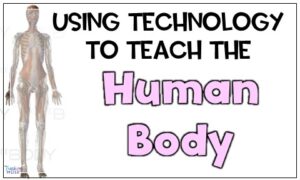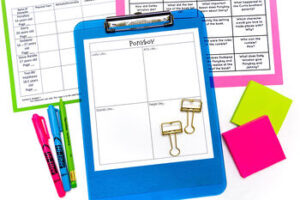Are you looking for activities to teach force and motion to your grade 5, 6, and 7 students? For example, having students move beyond learning about a push or a pull to learn of different types of force and how they interact. Check out these lessons below if you want ideas to teach a force and motion unit.
Famous Scientist: Issac Newton
Isaac Newton is the founder of the laws of motion; however, when students see a picture of Newton, it is hard to relate to him. Often I have students laughing because of the time period.
One way to allow your students to get to know the scientist behind force and motion is through research. This could mean that:
- Students learn about scientists before a unit they are studying
- Include a dedicated scientist bulletin board wall in your classroom
- Be introduced to a different scientist each week
- Spend some class time having students research one scientist and share their findings.
Allowing students to better know our science history can make science more appealing to them.
Force and Motion Inquiry Thinking Activity
You may want to start the unit using a hands on approach to build on student inquiry thinking skills.
This activity will force students to:
- participate,
- make connections to their learning
- make learning memorable
Introduce these 4 inquiry activities to help get students’ wheels spinning using simple but effective activities.
After completing the activities, refer to them while studying different forces.
Students generally remember them and have a better understanding of how forces work and interact with one another.
Now that students have some context and background knowledge due to completing the inquiry activities, they are more likely to retain important vocabulary terms that are associated with this unit.
It can be helpful to give students vocabulary terms to better help them understand concepts related to force and motion.
Teaching with Text
While science needs to be hands on as much as possible, reading does have a place in your curriculum.
Including text to teach force and motion in your classroom will allow:
- struggling learners another opportunity to learn the material in a different way
- reinforce concepts for all students
- help teach the curriculum if hands on materials are not available
- perfect for sub plans, homework assignments, or review
Having these science texts available will help you work on:
- comprehension
- cause and effect
- inferencing
- summarizing

Reinforcing the laws of motion
If you have the time and resources to have students complete an activity for each of the laws of motion, this will also help students better differentiate the difference between the laws.
One demonstration I like to use is that my classroom uses simply two eggs.
- 1 raw egg
- 1 hardboiled egg
After much inquiry, predicting, etc, you will simply spin both eggs.
Students will observe that the eggs spin differently. Question students about why and how Newton’s first law of motion might be at work.
Students should gather that the hardboiled egg spins differently because of Newton’s law of motion. Since all parts are essentially one on the inside, it is able to spin without anything acting against it, unlike in the raw egg where the yolk is working against the motion.
Newton’s 2nd law of motion deals with a mathematical equation of
Force = mass x acceleration.
For this law of motion, using small toy cars and demonstrating how different forces and different masses will affect their acceleration will allow students to easily visualize this law.
Get students working collaboratively while learning about Newton’s 3rd law of motion. For this activity, you’ll need the following:
- balloons
- string
- straw
- tape
- tiny containers to use as baskets
- coins
Students will work together to create mini “hot air balloons.” Once the balloons are created, students will observe how the air coming out of the bottom of the balloon makes the balloon rise to the top, which is Newton’s 3rd law of motion.
This activity is a lot of fun and one of the best ways to visualize Newton’s 3rd law of motion.
Force and Motion Projects
Incorporate STEM and inquiry, as well as real world problem solving, by having students use their knowledge of force and motion to either
- keep an egg safe in a car
- protect their cell phone
Many students are familiar with the egg drop or egg car activity, so below are some instructions on how to use it in your classroom, but I also have another idea if you want to try something new.
Have students use their knowledge of force and motion to create a vehicle that they design to hold and keep an egg safe.
Students are given guidelines and a list of possible materials that they can “purchase” from or allow them to use their own materials at their own cost.
The creativity that is inspired by this project is always amazing. I love test days when students come in to test how their vehicle performs.
Students are able to make predictions and reflect on how their vehicle performs. The reflection piece is key as it allows me to see if students understood where their design went wrong and if they can think of modifications.
Students will create a case to protect a cell phone from breaking when dropped from a distance. Then, use a ceramic tile to replicate the fragility of a phone.
The time constraints, materials, etc., are all similar to the egg car. You can allow students to use the materials you give them or have them choose their own. A time constraint also helps students have enough time to brainstorm, design, and create but ensures it is done promptly.
Reviewing Force and Motion
To integrate various learning styles in my science class, I include coloring activities when possible.
A color by number activity is a great self-checking tool that allows students to review what they learned and easily see what they know or need to review more of.
Graphic organizers are a wonderful tool to use to summarize learning.
Students can complete these activities on their own using their notes or in collaborative groups.
You can assign them for homework or as a review activity before an assessment.
I hope these ideas help you to teach your force and motion unit to upper elementary or early middle school students.
If you are looking for assessment ideas, you can use one of the projects mentioned above for a project based learning assessment or create a test using important concepts related to force and motion.



Force and Motion Choice Homework FREEBIE
Subscribe to my email list to get a choice homework assignment and rubric to use with your students right away.
I am so glad that you joined. Now check your email for the choice homework assignment and rubric.
